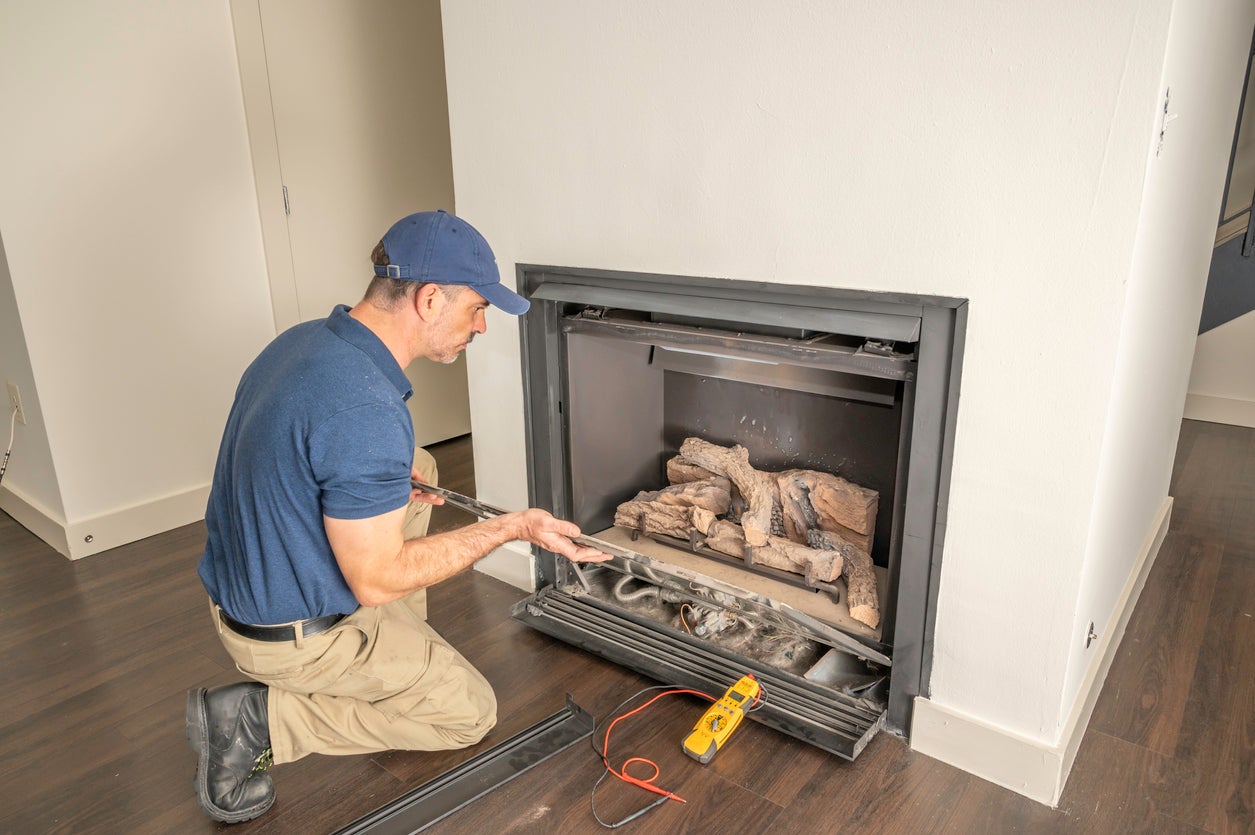

Articles
How Does A Vent Free Fireplace Work
Modified: December 7, 2023
Discover how vent free fireplaces work and learn about their benefits and installation process. Read our informative articles on this topic to make an informed decision.
(Many of the links in this article redirect to a specific reviewed product. Your purchase of these products through affiliate links helps to generate commission for Storables.com, at no extra cost. Learn more)
Introduction
A vent free fireplace, also known as a ventless or unvented fireplace, is a heating appliance that does not require a chimney or venting system to operate. It is designed to provide warmth and ambiance in a space without the need for a traditional fireplace setup. Vent free fireplaces have become increasingly popular due to their convenience, affordability, and efficiency.
Unlike traditional fireplaces that rely on a chimney or flue to expel emissions, vent free fireplaces utilize advanced technology to burn fuel cleanly and effectively. They are typically fueled by natural gas or propane and offer a wide range of designs and sizes to suit different room aesthetics and heating needs.
While vent free fireplaces may seem like a modern invention, the concept dates back centuries. In the past, open fireplaces were the primary source of heat in homes. However, these traditional fireplaces were very inefficient and often resulted in heat loss through the chimney.
The development of vent free fireplaces revolutionized the way people heat their homes. They offer a more efficient and cost-effective alternative to traditional fireplaces, providing a supplemental heat source that can be easily controlled and adjusted.
In this article, we will explore the inner workings of a vent free fireplace, from the gas fuel and burner system to the combustion process and heat distribution. We will also discuss the emission and safety considerations, as well as the benefits and drawbacks of vent free fireplaces. Additionally, we will provide some maintenance and cleaning guidelines to ensure the longevity and proper functioning of these heating appliances.
So, if you are curious about how a vent free fireplace operates and what you should consider before purchasing one, read on to discover all the essential information you need to know.
Key Takeaways:
- Vent free fireplaces offer convenient, cost-effective heating with easy installation, energy efficiency, and ambiance. However, consider limitations such as indoor air quality concerns and limited heating capacity before installation.
- Prioritize safety by installing carbon monoxide detectors, maintaining clearances, and following maintenance guidelines for vent free fireplaces. Understanding their inner workings and considering benefits and limitations will ensure a cozy and safe heating experience.
Read more: How Does Fireplace Work
Overview of a Vent Free Fireplace
A vent free fireplace is designed to be a self-contained heating system that can be installed in various locations within a home, such as living rooms, bedrooms, and even bathrooms. It consists of a firebox, a burner system, and a set of artificial logs or other decorative elements that create the appearance of a traditional wood-burning fireplace.
The firebox of a vent free fireplace is constructed with special materials that can withstand the intense heat generated by the burner system. It is typically made of stainless steel or cast iron and is designed to efficiently reflect and radiate heat into the room.
The burner system of a vent free fireplace is the heart of the appliance. It is responsible for igniting and burning the gas fuel to produce heat and flames. The burner system is controlled by a valve that allows you to adjust the flame height, providing you with precise control over the amount of heat being generated.
Most vent free fireplaces are fueled by natural gas or propane. Natural gas is a convenient choice for households that are already connected to a natural gas supply line, while propane offers greater flexibility as it can be stored in tanks and used in areas without a natural gas connection.
When it comes to the appearance of the fire, vent free fireplaces typically feature artificial logs made of refractory materials, such as ceramic or concrete, which are resistant to high temperatures. These logs are carefully designed to resemble real wood, with realistic textures and colors that add to the overall aesthetic appeal of the fireplace.
In addition to the logs, some vent free fireplaces also come with other decorative elements, such as glowing embers or decorative stones, that enhance the visual realism of the fire. The combination of the flickering flames and the realistic logs creates a cozy and inviting ambience that mimics the charm of a traditional wood-burning fireplace.
It is important to note that vent free fireplaces are primarily designed for ambiance and supplemental heat. While they can provide a significant amount of warmth, they should not be relied upon as the sole source of heating in a home. It is recommended to use them in conjunction with other heating systems, such as central heating, to ensure optimal comfort and energy efficiency.
In the next sections, we will delve deeper into how the gas fuel and burner system work together to create the flames and distribute heat in a vent free fireplace.
Gas Fuel and Burner System
The gas fuel and burner system are crucial components of a vent free fireplace, as they are responsible for generating the flames and heat that create the cozy atmosphere. Let’s take a closer look at how these elements work together to provide efficient and reliable heating.
As mentioned earlier, vent free fireplaces can be fueled by either natural gas or propane. Natural gas is a clean-burning fossil fuel that is readily available in many residential areas through a dedicated supply line. Propane, on the other hand, is a liquefied petroleum gas that can be stored in tanks and used in locations without access to a natural gas line.
The burner system is designed to mix the gas fuel with air in the correct ratio and ignite the mixture to produce flames. It consists of a series of burner ports or jets that are strategically placed in the firebox to allow for efficient fuel combustion. The size and arrangement of the burner ports ensure a uniform distribution of flames throughout the firebox.
Most vent free fireplaces utilize a manual ignition system, where you manually light the gas fuel using a match or lighter. However, some more advanced models may feature electronic ignition systems, allowing for convenient and effortless flame ignition with the flick of a switch or the push of a button.
The burner system is connected to a gas valve, which controls the flow of gas fuel into the fireplace. This valve can be adjusted to regulate the flame height and heat output. By turning the valve, you can increase or decrease the amount of gas flowing to the burner, providing you with precise control over the intensity of the fire.
In order to ensure safe operation, vent free fireplaces are equipped with a safety device known as an oxygen depletion sensor (ODS). The ODS constantly monitors the oxygen level in the room and automatically shuts off the gas supply if the oxygen drops below a certain threshold. This is a crucial safety feature that prevents the build-up of carbon monoxide, a harmful gas that can be produced during incomplete combustion.
Some vent free fireplaces also come with additional safety features, such as a flame failure device (FFD) that automatically shuts off the gas supply if the flame goes out unintentionally. This eliminates the risk of gas leaks in case the flame is accidentally extinguished.
Overall, the gas fuel and burner system in a vent free fireplace work in harmony to create a beautiful and realistic flame while efficiently providing heat. The control over flame height and the safety measures incorporated into the appliance ensure a comfortable and secure heating experience.
In the next section, we will explore the combustion process within a vent free fireplace, shedding light on how the fuel is burned and the heat is generated.
Oxygen Depletion Sensor
An oxygen depletion sensor (ODS) is a critical safety feature found in vent free fireplaces. Its primary function is to monitor the oxygen levels in the room where the fireplace is operating and automatically shut off the gas supply if the oxygen level drops below a certain threshold.
As a vent free fireplace burns gas fuel, it consumes oxygen from the surrounding air. In a well-ventilated space, this is not a cause for concern, as fresh air is continuously replenished. However, in a sealed or poorly ventilated room, the oxygen levels can deplete rapidly, potentially leading to a hazardous situation.
The ODS in a vent free fireplace consists of a sensor that detects the level of oxygen in the room. It does this by measuring the amount of oxygen in the combustion process. If the oxygen level is too low, the ODS signals the gas valve to shut off, stopping the flow of gas to the burner and extinguishing the flame.
By deactivating the burner, the ODS prevents the production of harmful gases, such as carbon monoxide (CO). Carbon monoxide is a colorless, odorless gas that can be produced when there is incomplete combustion of the gas fuel. If not detected and ventilated properly, carbon monoxide can build up and pose serious health risks, including carbon monoxide poisoning.
The ODS is designed to be highly sensitive, ensuring that any decrease in oxygen levels triggers the safety shut-off mechanism. Typically, the ODS is set to shut off the gas supply if the oxygen level drops to around 18% to 20%, which is considered the lower limit of safe oxygen concentration for human health and safety.
It is important to note that the ODS is a passive safety feature and does not actively increase the oxygen levels in the room. Its purpose is to detect and react to low oxygen conditions, preventing any potential risks associated with oxygen depletion and the production of harmful gases.
It is crucial to understand the importance of proper ventilation when using a vent free fireplace. Proper airflow ensures the replenishment of oxygen in the room, allowing for safe and efficient combustion. Adequate ventilation can be achieved through open windows, doors, or through the use of an external air intake vent specifically designed for vent free fireplaces.
While the ODS is an essential safety feature in vent free fireplaces, it is always recommended to install carbon monoxide detectors in your home, especially near areas where gas-burning appliances are present. Carbon monoxide detectors provide an additional layer of protection by alerting you to the presence of carbon monoxide in the air, enabling you to take appropriate action and ensure the safety of yourself and your family.
Next, we will explore the combustion process in a vent free fireplace, detailing how the gas fuel burns to produce heat and flames.
Combustion Process
The combustion process is a crucial aspect of how a vent free fireplace operates. It is responsible for transforming the gas fuel into heat and flames, creating a warm and inviting atmosphere. Let’s take a closer look at how the combustion process works in a vent free fireplace.
When a vent free fireplace is ignited, the gas fuel, either natural gas or propane, is released from the burner system and mixed with the surrounding air. The gas and air mixture flows into the combustion chamber or firebox, where the magic happens.
Inside the combustion chamber, the gas and air mixture encounters an ignition source, typically an open flame or a spark, which ignites the mixture. Once ignited, the flame spreads across the burner ports, creating a continuous flame pattern that dances along the surface of the burner.
The combustion process occurs when the gas fuel and air combine and react chemically. Natural gas and propane are hydrocarbons, composed of carbon and hydrogen atoms. When these molecules come into contact with the oxygen in the air, they undergo a chemical reaction known as combustion.
During combustion, the carbon atoms in the gas fuel bond with oxygen atoms from the air, producing carbon dioxide (CO2) gas. Similarly, the hydrogen atoms in the gas fuel bond with oxygen atoms, forming water vapor (H2O). This chemical reaction releases a significant amount of energy in the form of heat.
The heat generated by the combustion process warms up the firebox and the surrounding materials, such as the refractory logs or stones, which then radiate heat into the room. The flames themselves also emit radiant heat, contributing to the overall warmth of the space.
It is important to note that in a well-designed and properly functioning vent free fireplace, combustion should be nearly complete, resulting in minimal levels of harmful byproducts. However, it is still recommended to ensure proper ventilation in the room to prevent any potential buildup of carbon monoxide or other combustion byproducts.
The control valve of the vent free fireplace allows the user to adjust the amount of gas fuel flowing to the burner, thus controlling the intensity of the flames and the heat output. By turning the valve, you can increase or decrease the size of the flame, providing you with the desired level of warmth and ambiance.
It is worth mentioning that the combustion process in a vent free fireplace is designed to be efficient and clean-burning. Advances in technology have enabled manufacturers to develop burner systems that optimize fuel combustion, resulting in high levels of energy efficiency and minimal emissions.
Next, we will delve into how the heat generated through the combustion process is distributed throughout the room, ensuring optimal comfort and warmth.
Read more: How Does Electric Fireplace Work
Heat Distribution
Once the gas fuel in a vent free fireplace undergoes combustion, the generated heat needs to be effectively distributed throughout the room to provide optimal warmth and comfort. Let’s explore the various mechanisms by which heat is distributed in a vent free fireplace.
Radiant heat is one of the primary methods of heat distribution in a vent free fireplace. The flames and the heated refractory materials, such as ceramic logs or stones, radiate heat in all directions. This radiant heat warms up the immediate surroundings, including nearby furniture and the people in the room. Radiant heat is particularly effective at warming up small, enclosed spaces quickly and directly.
Convection is another mechanism by which heat is distributed in a vent free fireplace. As the air in the room comes into contact with the heated surfaces, it becomes warm and starts to rise. The warm air then circulates around the room, creating a convection current. This natural circulation helps distribute the heat more evenly throughout the space, ensuring a comfortable temperature across the room.
Some vent free fireplaces are equipped with built-in fans or blowers to aid in heat distribution. These fans help to increase the airflow and speed up the convection process, pushing warm air further into the room. The fan can be controlled through a switch or a remote, allowing you to adjust the airflow and customize the level of heating.
It is important to note that vent free fireplaces are primarily designed for zone heating, which means they are most effective at heating the immediate area around them. The amount of heat that can be distributed depends on the size and power of the vent free fireplace. For larger spaces or multiple rooms, supplementary heating methods may be required.
Placement of the vent free fireplace also plays a role in heat distribution. Placing the fireplace against an external wall or in a corner can help maximize heat distribution by allowing the heated air to flow and circulate more effectively. Additionally, ensuring proper airflow and avoiding blockages around the fireplace will also help with efficient heat distribution.
It is essential to consider the size of the room and the heating requirements when selecting a vent free fireplace. Manufacturers provide guidelines on the heating capacity of each model, helping you determine the appropriate size for your space. It is crucial not to oversize or undersize the fireplace to ensure efficient heat distribution and optimal performance.
By understanding the various mechanisms of heat distribution in a vent free fireplace and taking appropriate measures to optimize airflow and placement, you can create a cozy and comfortable environment while making the most of the heating capabilities of the appliance.
Next, we will explore the emission and safety considerations associated with vent free fireplaces.
When using a vent-free fireplace, make sure to keep the room well-ventilated to prevent the buildup of carbon monoxide. It’s also important to have a carbon monoxide detector installed in the room for added safety.
Emission and Safety Considerations
When using a vent free fireplace, it is important to be aware of the emission and safety considerations to ensure a safe and healthy environment. While vent free fireplaces are designed to be efficient and clean-burning, there are still some factors to keep in mind.
One of the primary concerns with vent free fireplaces is the potential for the production of carbon monoxide (CO), a colorless and odorless gas that can be harmful or even fatal if inhaled in high concentrations. While modern vent free fireplaces are engineered to have nearly complete combustion, it is crucial to ensure proper ventilation in the room to prevent the buildup of carbon monoxide.
This is why it is recommended to have a carbon monoxide detector installed in your home, especially in areas where gas-burning appliances are present. Carbon monoxide detectors can alert you to high levels of carbon monoxide in the air, allowing you to take immediate action to mitigate the risk.
Another important consideration is indoor air quality. Vent free fireplaces consume oxygen from the surrounding air for combustion. Without proper ventilation, the oxygen levels in the room can decrease, leading to potential respiratory discomfort or other health issues. Ensuring sufficient fresh air circulation in the room is crucial to maintain a healthy indoor environment.
Some individuals may also be sensitive to the emissions produced by vent free fireplaces, such as nitrogen dioxide (NO2) and moisture. Nitrogen dioxide can irritate the respiratory system, especially for those with pre-existing respiratory conditions such as asthma. Moisture can contribute to humidity levels in the room, potentially leading to condensation and moisture-related issues if not properly managed.
To minimize emissions and maintain good indoor air quality, it is recommended to follow the manufacturer’s guidelines and ensure proper installation and ventilation. Manufacturers provide specific recommendations for room size, ventilation requirements, and placement of the vent free fireplace to safely and effectively operate the appliance.
Regular maintenance and cleaning are also essential for the safe operation of a vent free fireplace. The burner ports and logs should be inspected and cleaned periodically to remove any debris or residue that may hinder proper combustion. The air intake vent, if present, should also be kept clean and clear of obstructions to ensure proper airflow.
Additionally, it is important to keep flammable materials at a safe distance from the fireplace. Ensure that curtains, furniture, and other objects are placed a suitable distance away from the appliance to prevent any accidental contact or risk of fire.
Overall, while vent free fireplaces offer many benefits, it is crucial to be aware of the potential emissions and safety considerations associated with their use. By following the manufacturer’s guidelines, maintaining proper ventilation, and ensuring regular maintenance, you can enjoy the warmth and ambiance of a vent free fireplace in a safe and comfortable manner.
Next, we will explore the benefits of vent free fireplaces as a heating option for your home.
Benefits of Vent Free Fireplaces
Vent free fireplaces offer a range of benefits, making them a popular choice for homeowners looking for an efficient and convenient heating option. Let’s explore some of the key advantages of vent free fireplaces.
1. Easy Installation: Vent free fireplaces are relatively easy to install compared to traditional fireplaces. They do not require a chimney or venting system, which saves time and expenses associated with installation. They can be placed in various locations within a home, providing flexibility in design and placement.
2. Energy Efficiency: Vent free fireplaces are highly efficient when it comes to heat output. Unlike traditional fireplaces that lose a significant amount of heat up the chimney, vent free fireplaces utilize a closed combustion system, ensuring that a significant portion of the heat is delivered into the room. This increased efficiency translates to less energy waste.
3. Cost-Effective Heating: Vent free fireplaces provide a cost-effective way to heat your home. They use gas fuel, either natural gas or propane, which tends to be more affordable compared to other heating sources. Additionally, their high efficiency means they can efficiently heat a specific area, allowing you to reduce heating costs in other parts of your home.
4. Supplemental Heat Source: Vent free fireplaces are designed to provide supplemental heat to a room. They are perfect for zones that require additional warmth, such as living rooms, bedrooms, or basements. They can be used to supplement an existing heating system, allowing you to customize the temperature in specific areas of your home.
5. Ambiance and Aesthetics: Vent free fireplaces are not just functional heating appliances; they also add a touch of ambiance and aesthetic appeal to any room. The realistic flames and carefully crafted log designs create a cozy and inviting atmosphere, enhancing the overall visual appeal of the space.
6. Control and Convenience: Vent free fireplaces offer excellent control features, allowing you to easily adjust the flame height and heat output to your desired level. Many models come with convenient remote controls or wall switches, making it effortless to operate and adjust the fireplace settings from the comfort of your seat.
7. No Drafts or Heat Loss: Since vent free fireplaces utilize a closed combustion system, they do not rely on drafts to draw in air, resulting in no drafty conditions or heat loss up the chimney. This means that all the heat generated by the fireplace is efficiently delivered into the room, ensuring consistent and comfortable heating.
8. Easy Maintenance: Maintaining a vent free fireplace is relatively simple compared to traditional fireplaces. They do not produce ash or soot and require minimal cleaning. Regular inspection and cleaning of the burner system and logs, as well as ensuring proper ventilation, are typically the only maintenance tasks needed.
Overall, vent free fireplaces offer convenience, efficiency, and cost-effective heating solutions. Their ability to generate supplemental heat, coupled with their aesthetic appeal, make them an attractive option for homeowners looking to enhance the comfort and ambiance of their living spaces.
In the next section, we will discuss some of the drawbacks and limitations of vent free fireplaces that you should consider before making a decision.
Drawbacks and Limitations of Vent Free Fireplaces
While vent free fireplaces offer numerous benefits, it is important to consider their drawbacks and limitations before deciding to install one in your home. Let’s explore some of the key factors to keep in mind.
1. Indoor Air Quality: One of the primary concerns with vent free fireplaces is their impact on indoor air quality. Since they consume oxygen from the surrounding air for combustion, proper ventilation is crucial to ensure a healthy environment. In rooms without adequate ventilation, the oxygen levels can decrease, potentially leading to respiratory discomfort or other health issues.
2. Emission of Combustion Byproducts: Although vent free fireplaces are designed to have efficient combustion, they still produce byproducts such as nitrogen dioxide (NO2) and moisture. Nitrogen dioxide can irritate the respiratory system, especially for individuals with respiratory conditions. Moisture can contribute to increased humidity levels in the room, potentially leading to condensation and moisture-related issues if not properly managed.
3. Limited Heating Capacity: Vent free fireplaces are not intended to be the primary heating source for an entire home. They are designed for supplemental heat, meaning they are most effective at heating specific areas or rooms. The heating capacity of vent free fireplaces is limited, and they may not provide sufficient heat for larger spaces or multiple rooms.
4. Placement and Ventilation Requirements: Proper placement and ventilation are crucial for the safe operation of a vent free fireplace. They should be installed in rooms with sufficient ventilation to replenish the oxygen supply and prevent the buildup of carbon monoxide. Adequate clearance from combustible materials and adherence to manufacturer guidelines for room size and ventilation requirements are essential for safe operation.
5. Sensitivity to Altitude: Vent free fireplaces can be sensitive to high altitudes. At elevations above a certain level, the available oxygen may be reduced, affecting the combustion process and causing the pilot flame to go out. Manufacturers usually provide guidelines for altitude limitations, and it is important to ensure compatibility with your specific location’s altitude.
6. Not Suitable for Allergic or Asthmatic Individuals: The combustion process in vent free fireplaces may release particles or emissions that can trigger allergies or asthma symptoms in sensitive individuals. If you or someone in your household has respiratory conditions or sensitivities, it is advisable to consult with a healthcare professional before using a vent free fireplace.
7. Legal Limitations: It is crucial to check local building codes and regulations regarding the installation and use of vent free fireplaces in your area. Some jurisdictions have restrictions or requirements for vent free fireplaces, including guidelines for room size, ventilation, and fuel type.
While these drawbacks and limitations should be taken into account, many homeowners find that vent free fireplaces are a suitable and convenient heating option for specific areas within their homes. It is important to carefully evaluate your heating needs, consider the installation requirements, and weigh the benefits against the limitations before making a decision.
In the next section, we will discuss general maintenance and cleaning guidelines for vent free fireplaces to ensure their optimal performance and longevity.
Read more: How Does A Frost Free Faucet Work
Maintenance and Cleaning Guidelines
Maintaining and cleaning your vent free fireplace is essential for ensuring its optimal performance, safety, and longevity. By following these general guidelines, you can keep your fireplace in excellent condition:
1. Regular Inspection: Conduct regular inspections of your vent free fireplace to check for any signs of damage, debris buildup, or gas leaks. Inspect the burner, control valve, pilot light, and surrounding areas to ensure everything is in proper working order.
2. Clean Burner and Logs: Clean the burner ports regularly to remove any debris or residue that may hinder proper combustion. You can use a small brush or a soft cloth to gently clean the ports. The artificial logs or decorative elements should also be inspected and cleaned to maintain their appearance and functionality.
3. Check Gas Connections: Inspect the gas connections to ensure they are secure and free from leaks. If you detect any gas odor or suspect a leak, immediately turn off the gas supply, open windows for ventilation, and contact a qualified technician to fix the issue.
4. Clear Air Intake Vent: If your vent free fireplace has an air intake vent, make sure it is clean and free from any obstructions. The air intake vent is responsible for supplying fresh air for proper combustion. Blocked vents can hinder the performance of the fireplace and affect the quality of the fire.
5. Keep Clearances: Maintain proper clearances around the fireplace, as outlined by the manufacturer’s guidelines and local building codes. Keep flammable materials, such as curtains, furniture, and decorations, at a safe distance from the fireplace to prevent any accidental contact with the flames.
6. Clean Glass Panels: If your vent free fireplace has glass panels, clean them periodically to remove any soot or residue. Use a non-abrasive glass cleaner and a soft cloth to gently wipe the glass. Avoid using abrasive materials or cleaners that can scratch or damage the glass.
7. Follow Manufacturer’s Instructions: Always refer to the manufacturer’s instructions and guidelines specific to your vent free fireplace model. They provide valuable information on maintenance, cleaning, and safety measures tailored to your specific appliance.
8. Schedule Professional Servicing: Consider scheduling professional servicing annually to ensure your vent free fireplace is in optimal condition. A qualified technician can inspect and clean the internal components, inspect the gas lines, and perform any necessary maintenance or repairs to keep your fireplace operating safely and effectively.
9. Ventilate the Room: Proper ventilation is crucial when operating a vent free fireplace. Ensure there is sufficient fresh air circulation in the room by opening windows or using external air intake vents designed for vent free fireplaces. This helps maintain a healthy indoor environment and minimizes the risk of oxygen depletion.
By following these maintenance and cleaning guidelines, you can enjoy the benefits of a well-maintained and safe vent free fireplace. Regular care and attention will help prolong its lifespan and ensure consistent performance for years to come.
Next, we will conclude our discussion and summarize the key points discussed in this article.
Conclusion
Vent free fireplaces provide an efficient, convenient, and cost-effective heating option for homeowners. They offer a range of benefits, including easy installation, energy efficiency, cost savings, supplemental heat, ambiance, and control. However, it is important to consider the drawbacks and limitations, such as indoor air quality concerns and limited heating capacity, before deciding to install a vent free fireplace.
Understanding the inner workings of a vent free fireplace, from the gas fuel and burner system to the combustion process and heat distribution, helps you make informed decisions about its usage and maintenance requirements. It is crucial to ensure proper ventilation, follow manufacturer guidelines, and regularly inspect and clean the fireplace to maintain its performance, longevity, and safety.
When using a vent free fireplace, it is important to prioritize safety. Install carbon monoxide detectors, maintain clearances from flammable materials, and be aware of any local regulations or restrictions. Properly ventilating the room and following maintenance guidelines will help minimize the potential risks associated with emissions and combustion byproducts.
In summary, vent free fireplaces offer a convenient and efficient heating solution for specific areas within a home. By understanding their inner workings, considering their benefits and limitations, and following proper maintenance and safety guidelines, you can enjoy the warmth, ambiance, and comfort that a vent free fireplace provides.
Remember to consult the manufacturer’s instructions and seek professional assistance as needed. With the right care and attention, your vent free fireplace can become a beloved addition to your home, creating a cozy and inviting atmosphere for you and your loved ones to enjoy.
Frequently Asked Questions about How Does A Vent Free Fireplace Work
Was this page helpful?
At Storables.com, we guarantee accurate and reliable information. Our content, validated by Expert Board Contributors, is crafted following stringent Editorial Policies. We're committed to providing you with well-researched, expert-backed insights for all your informational needs.
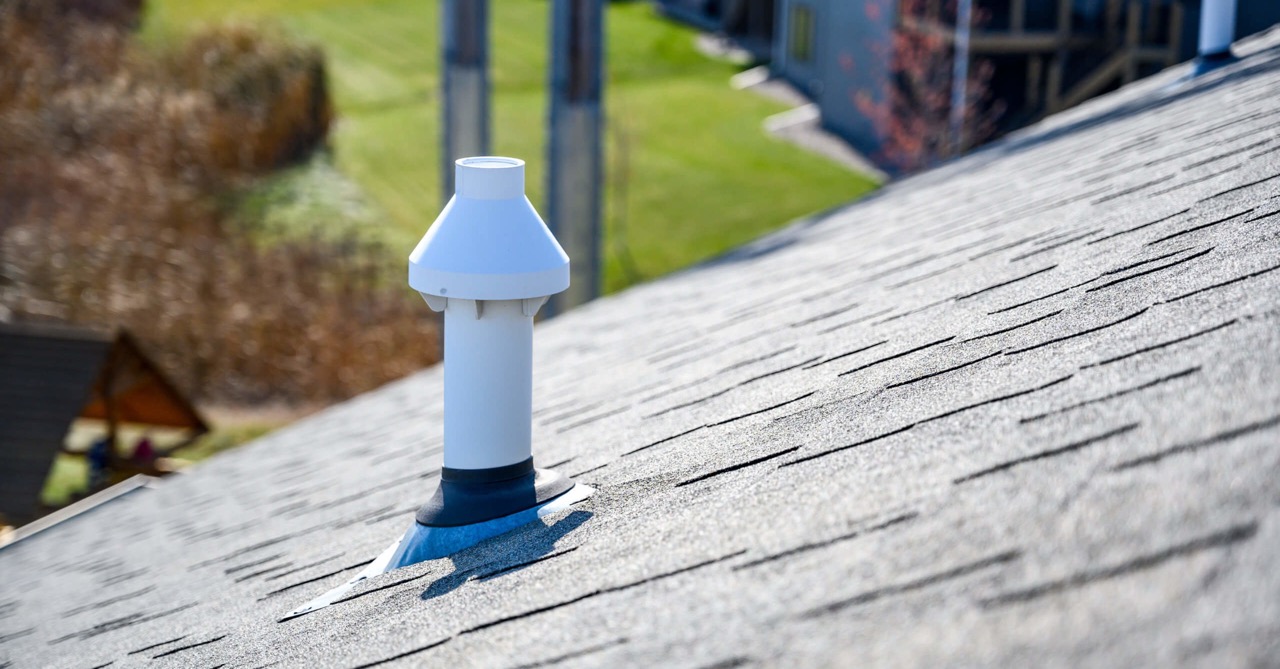
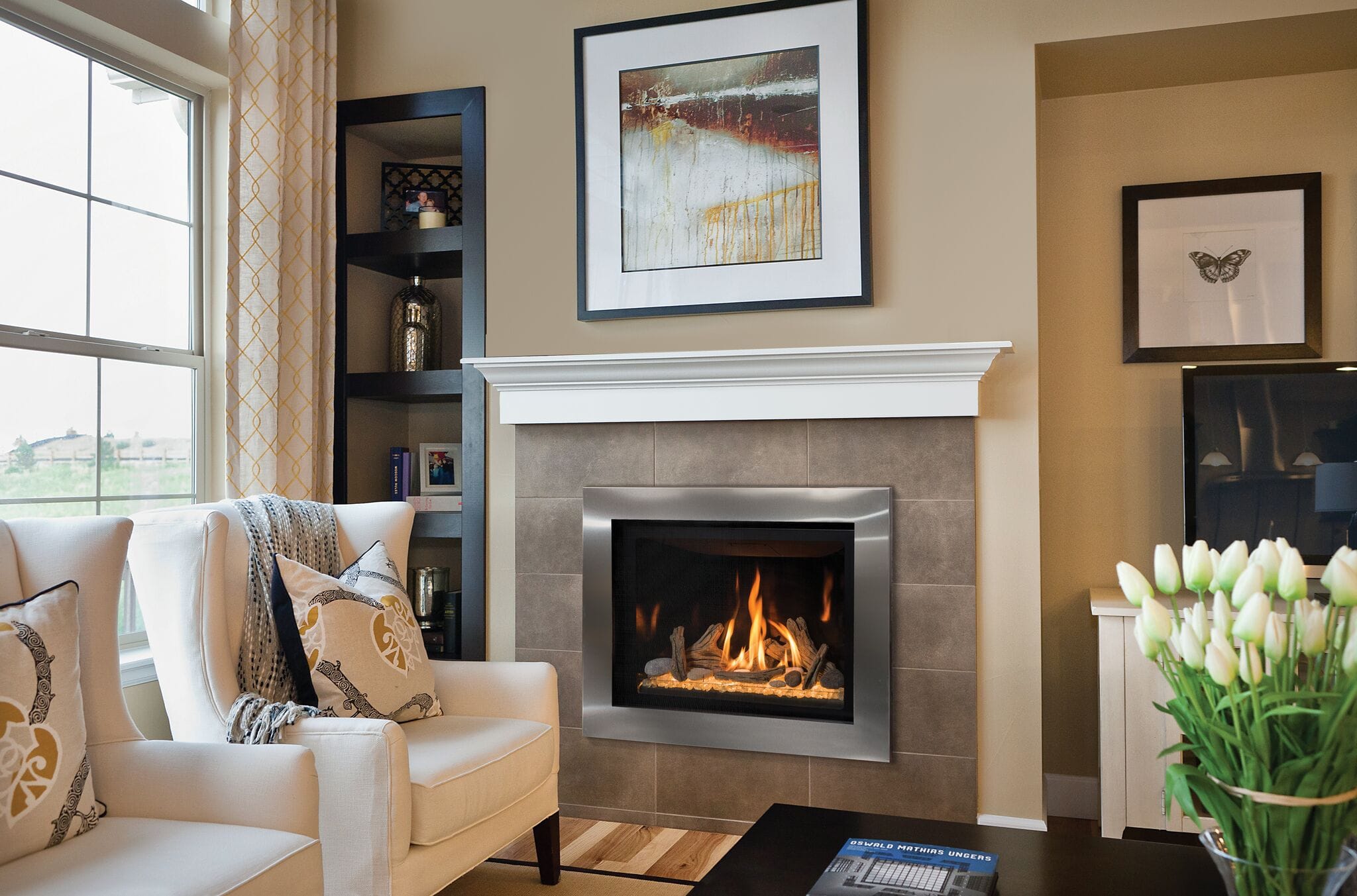
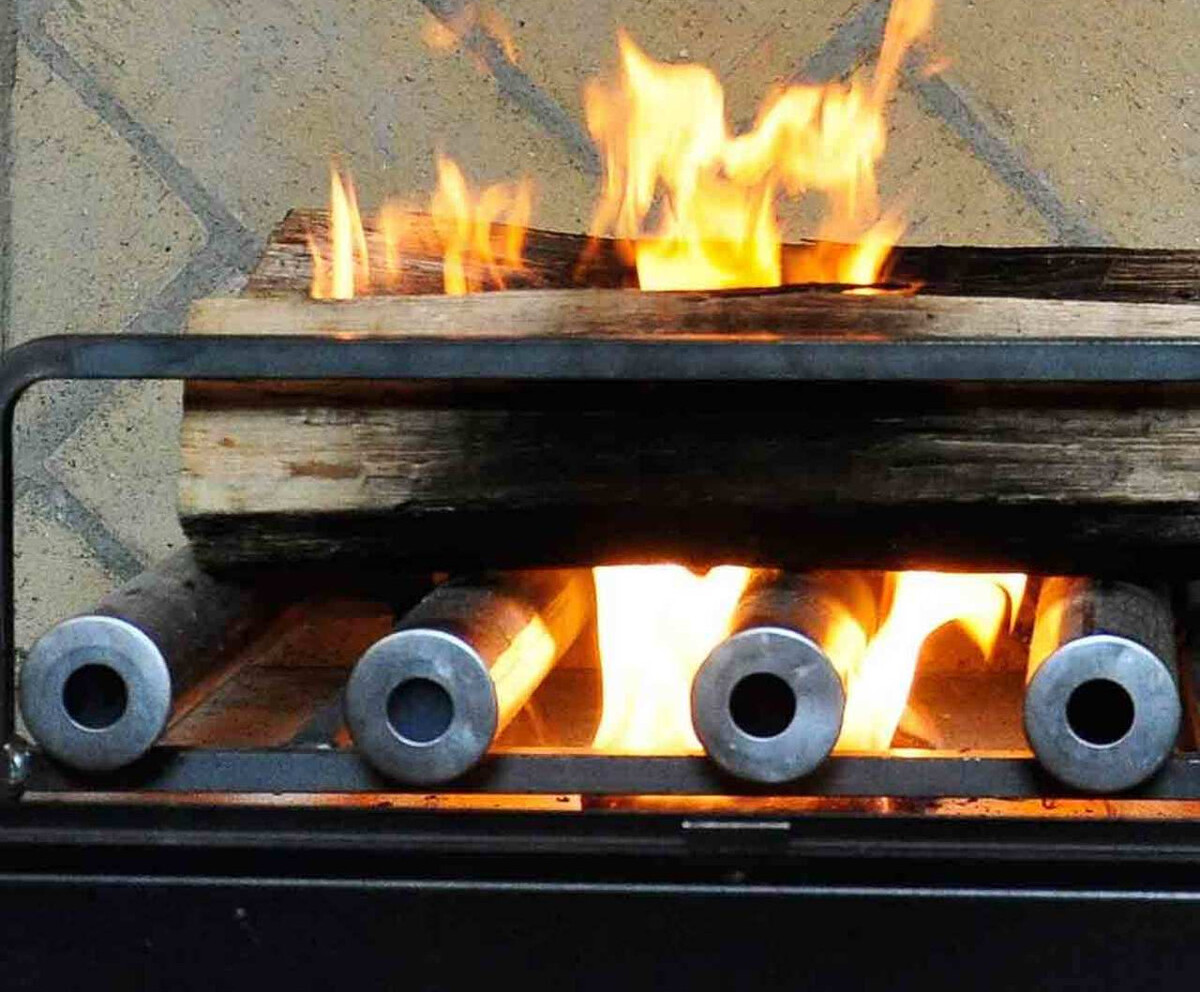
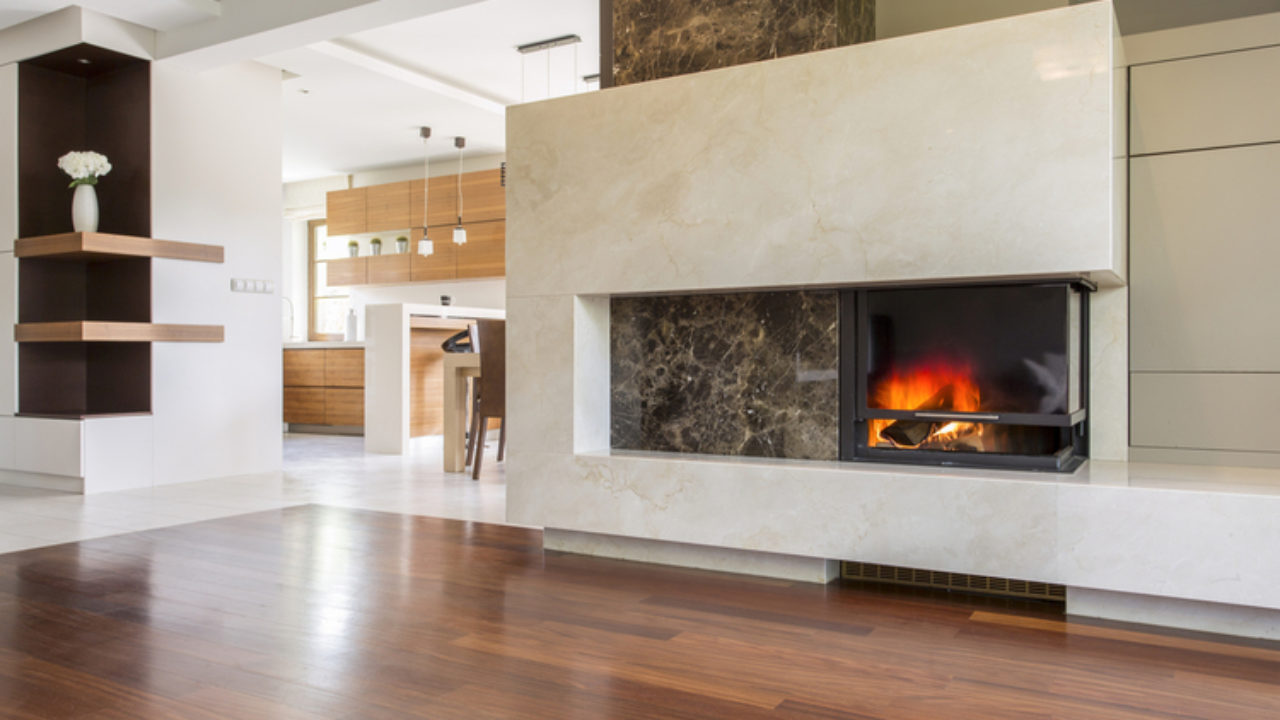
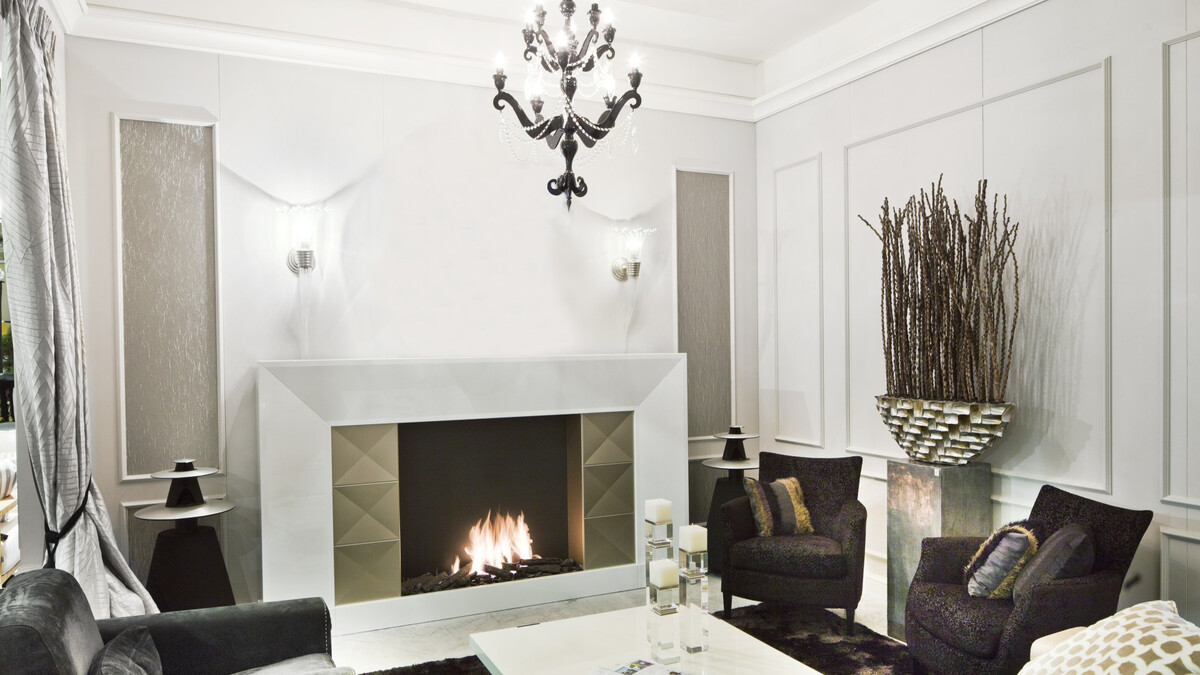
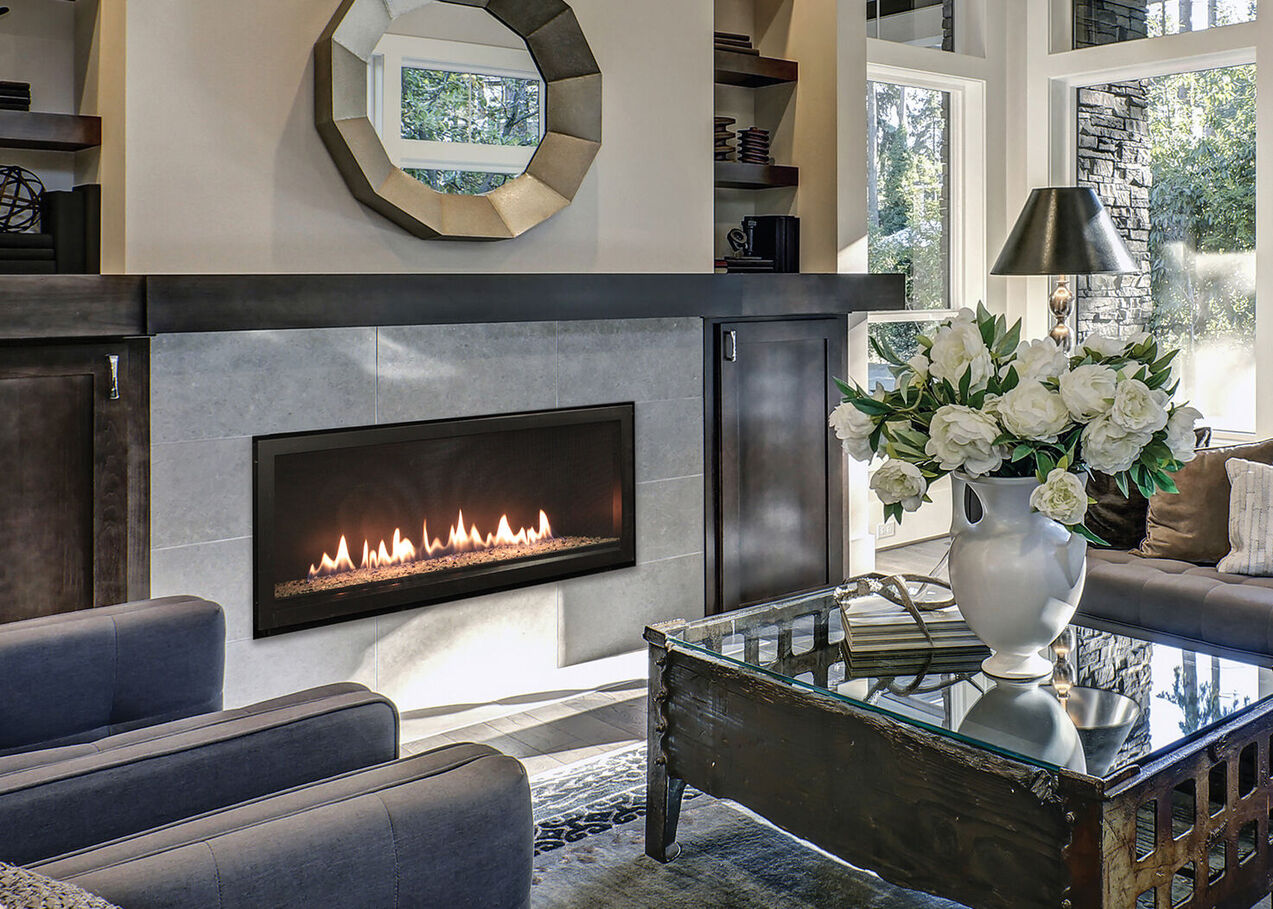
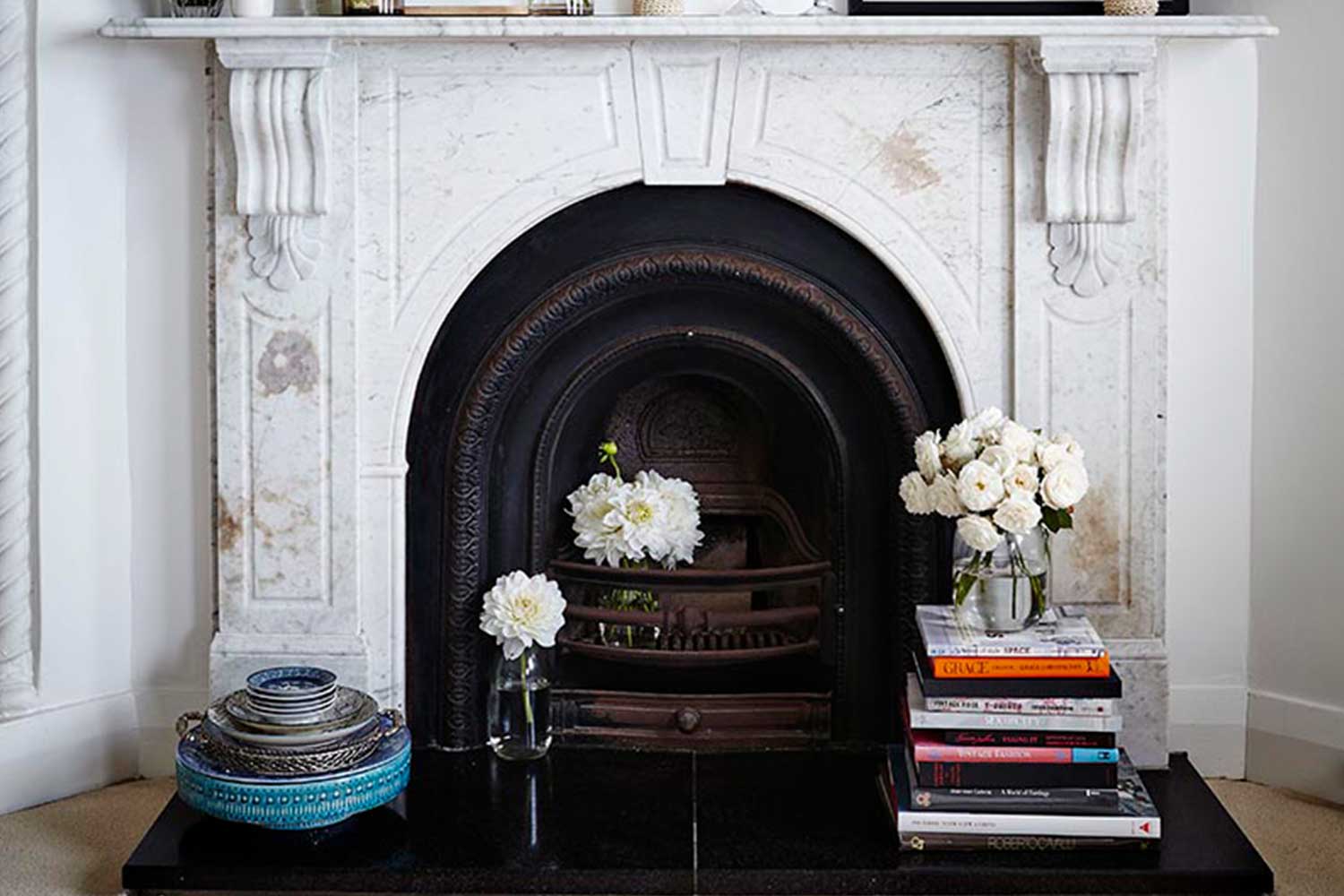
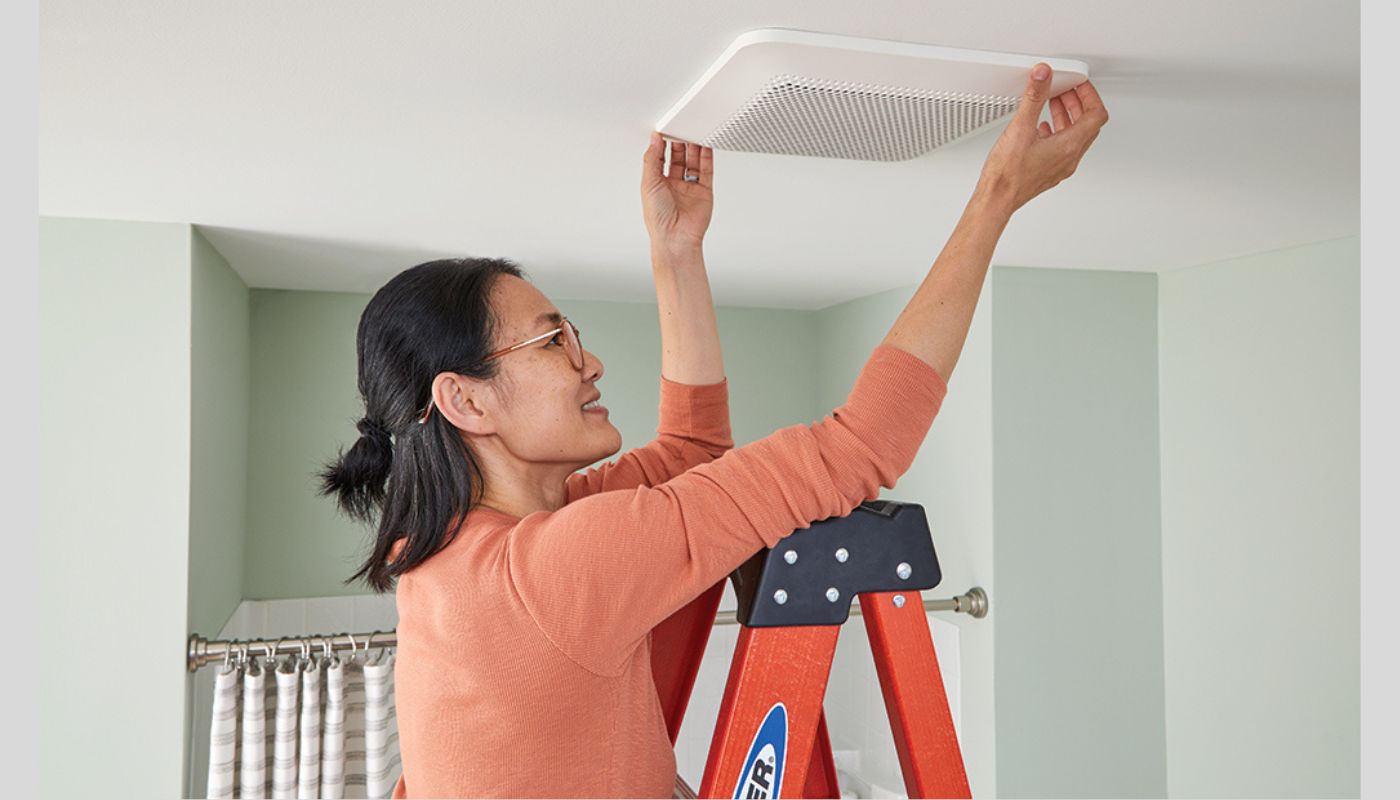
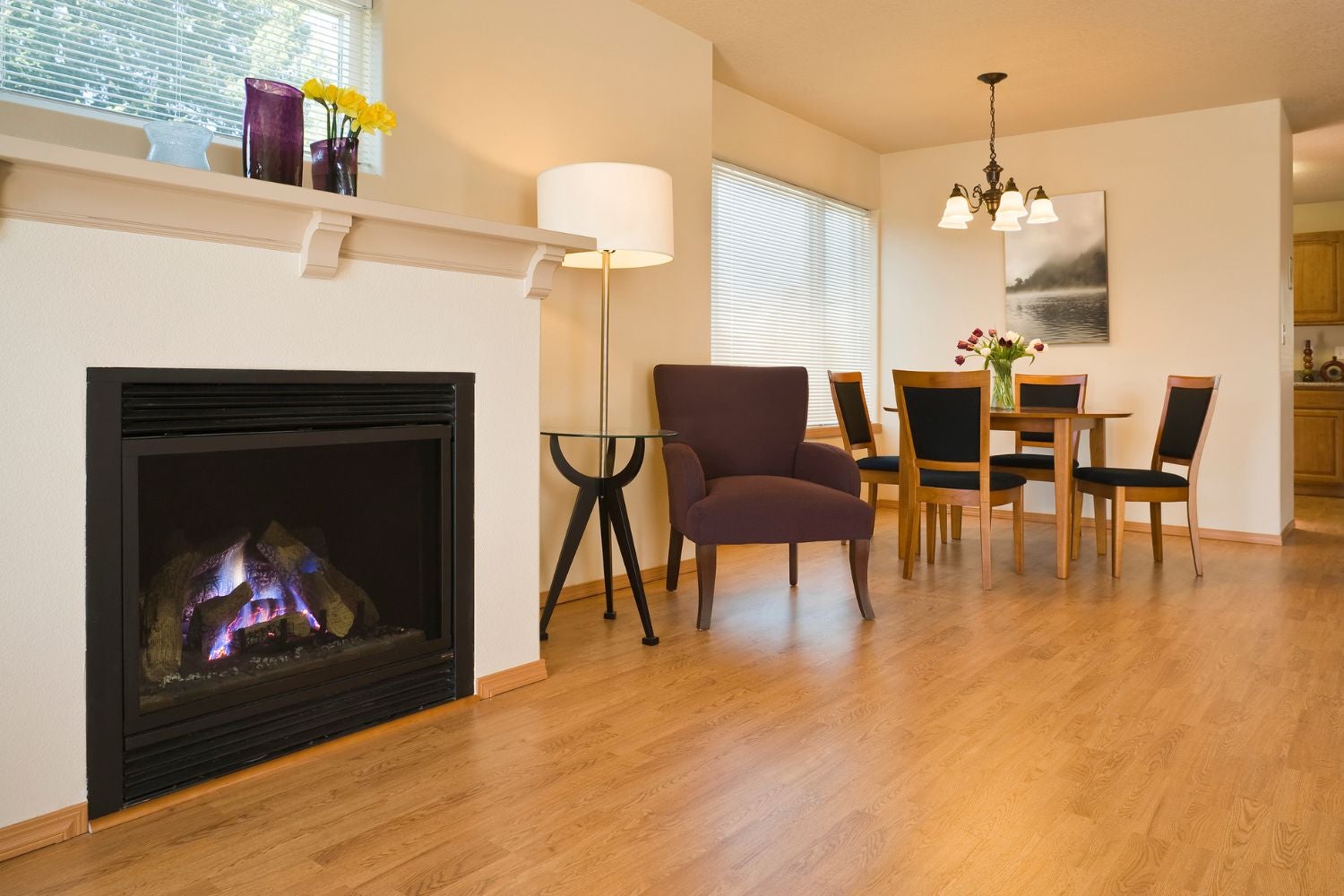


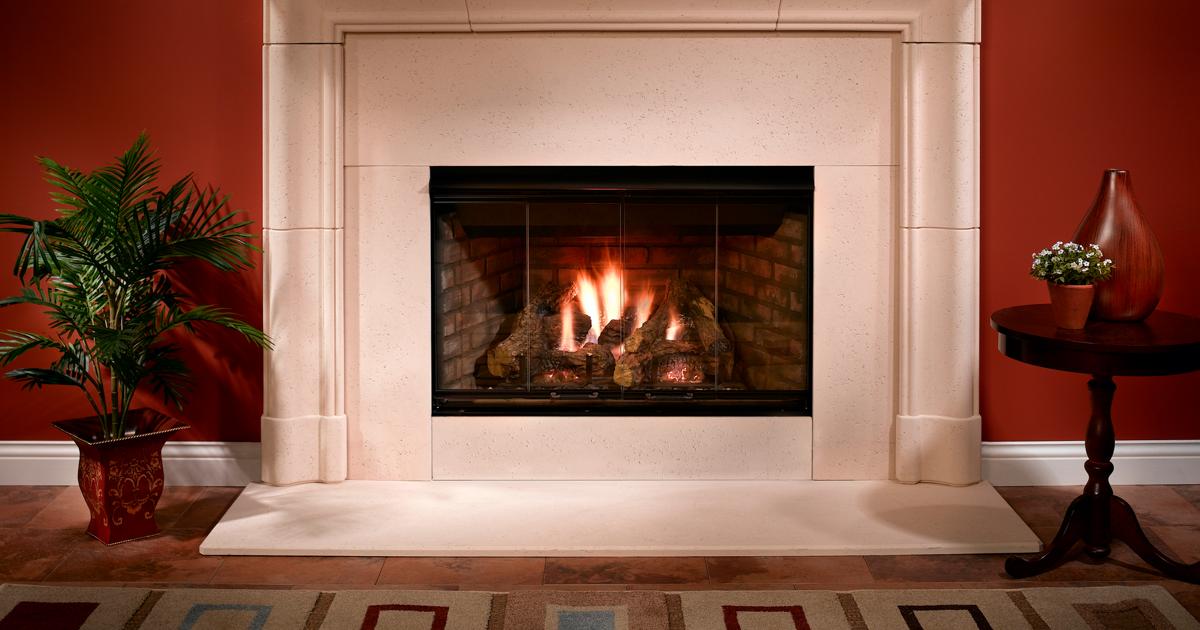


0 thoughts on “How Does A Vent Free Fireplace Work”